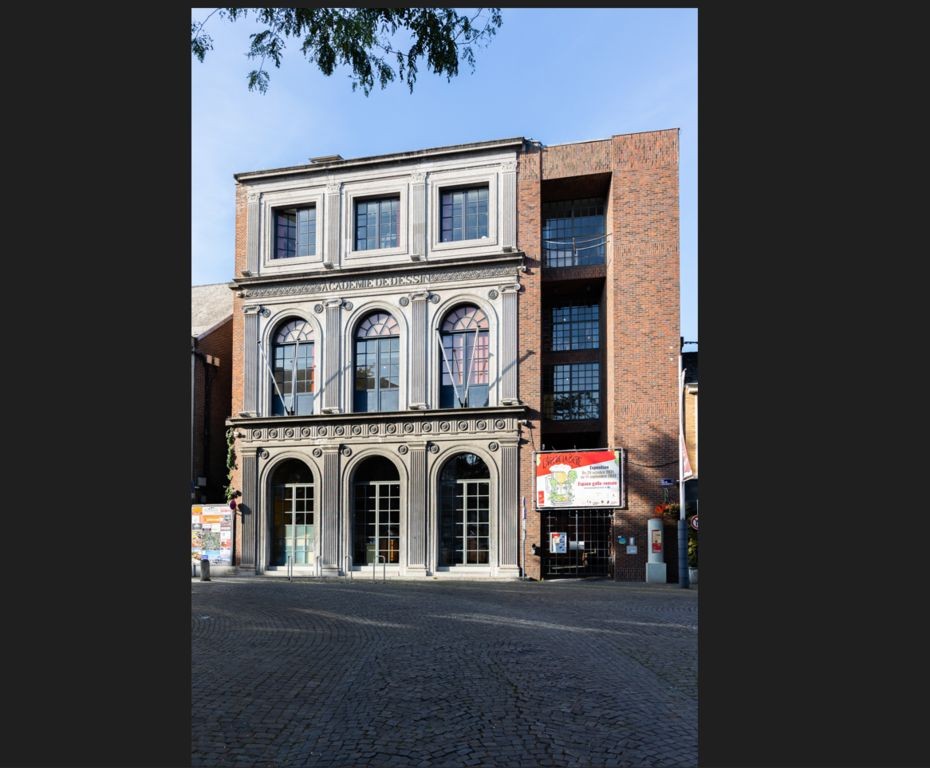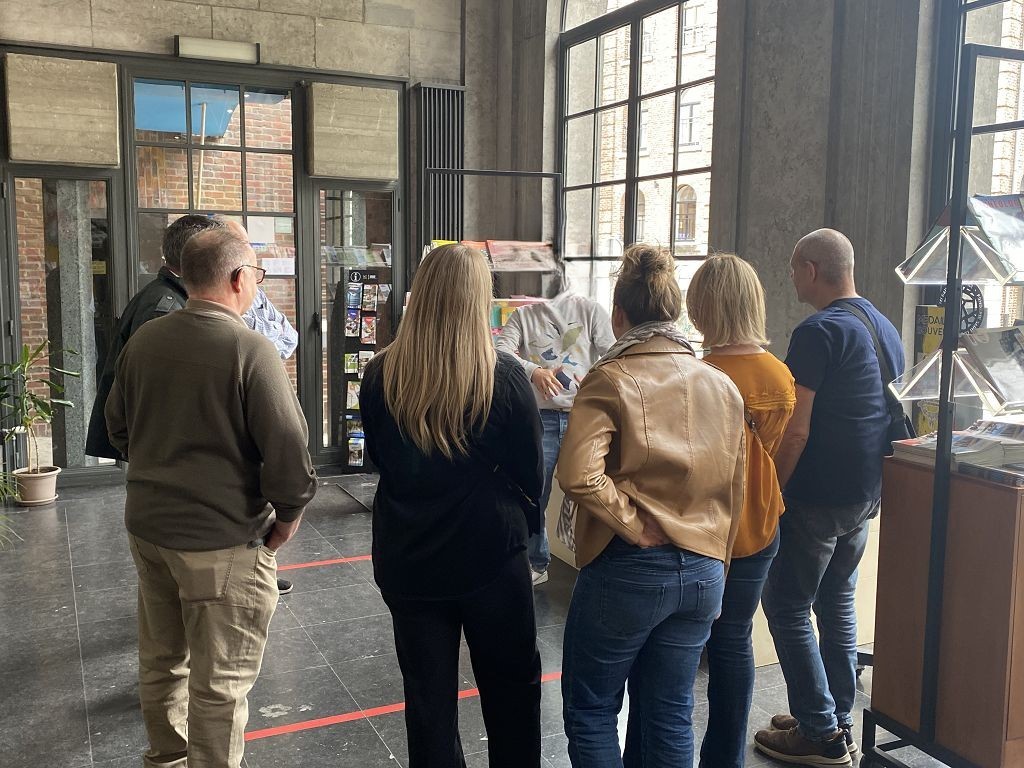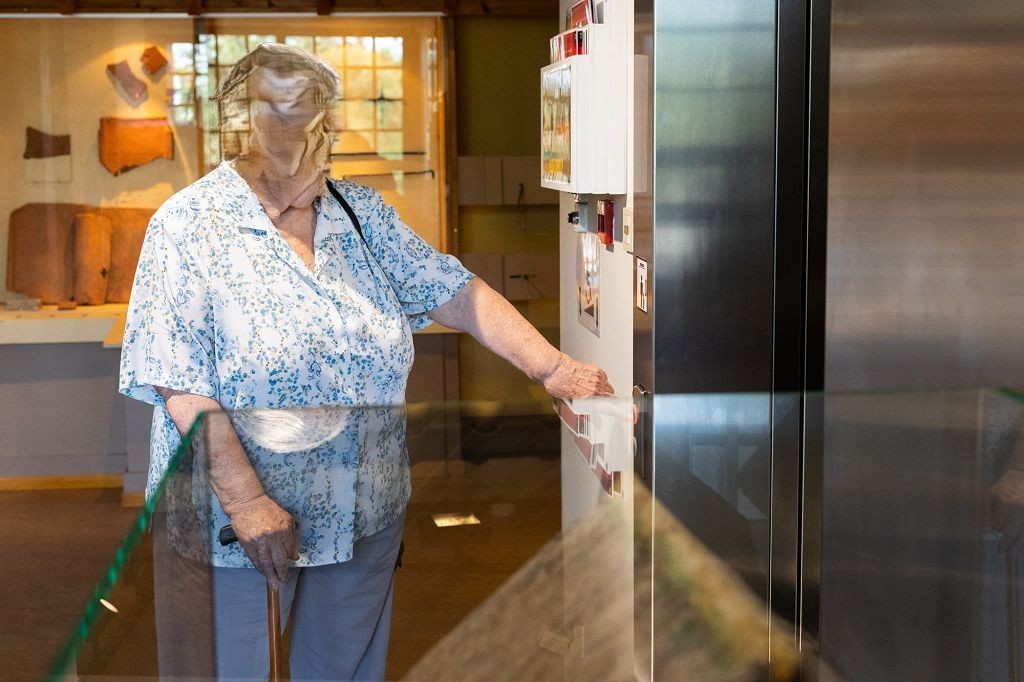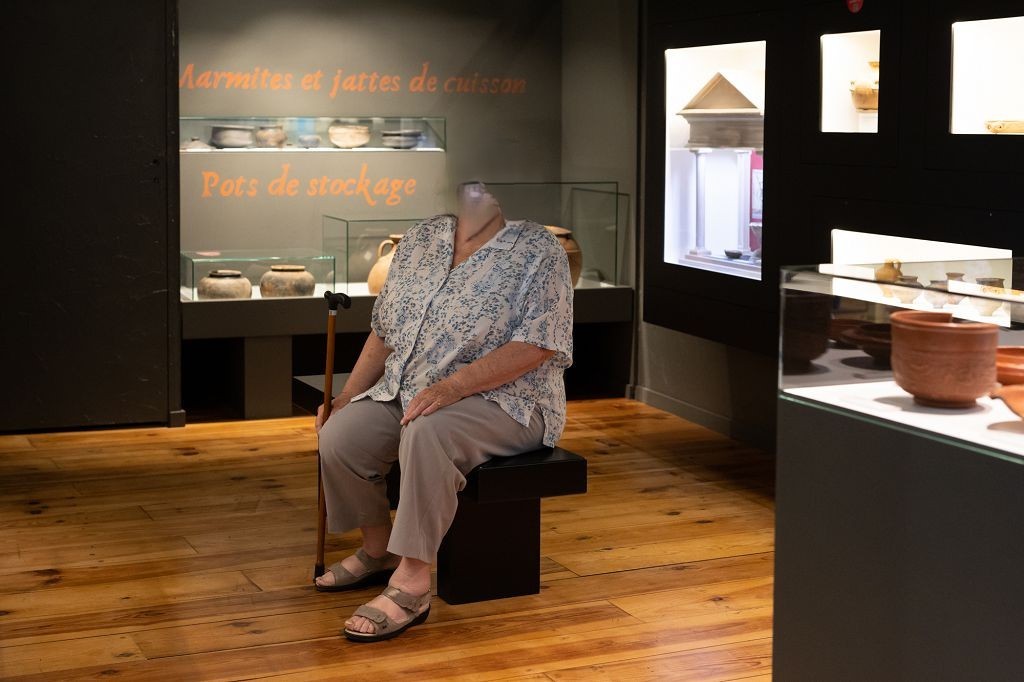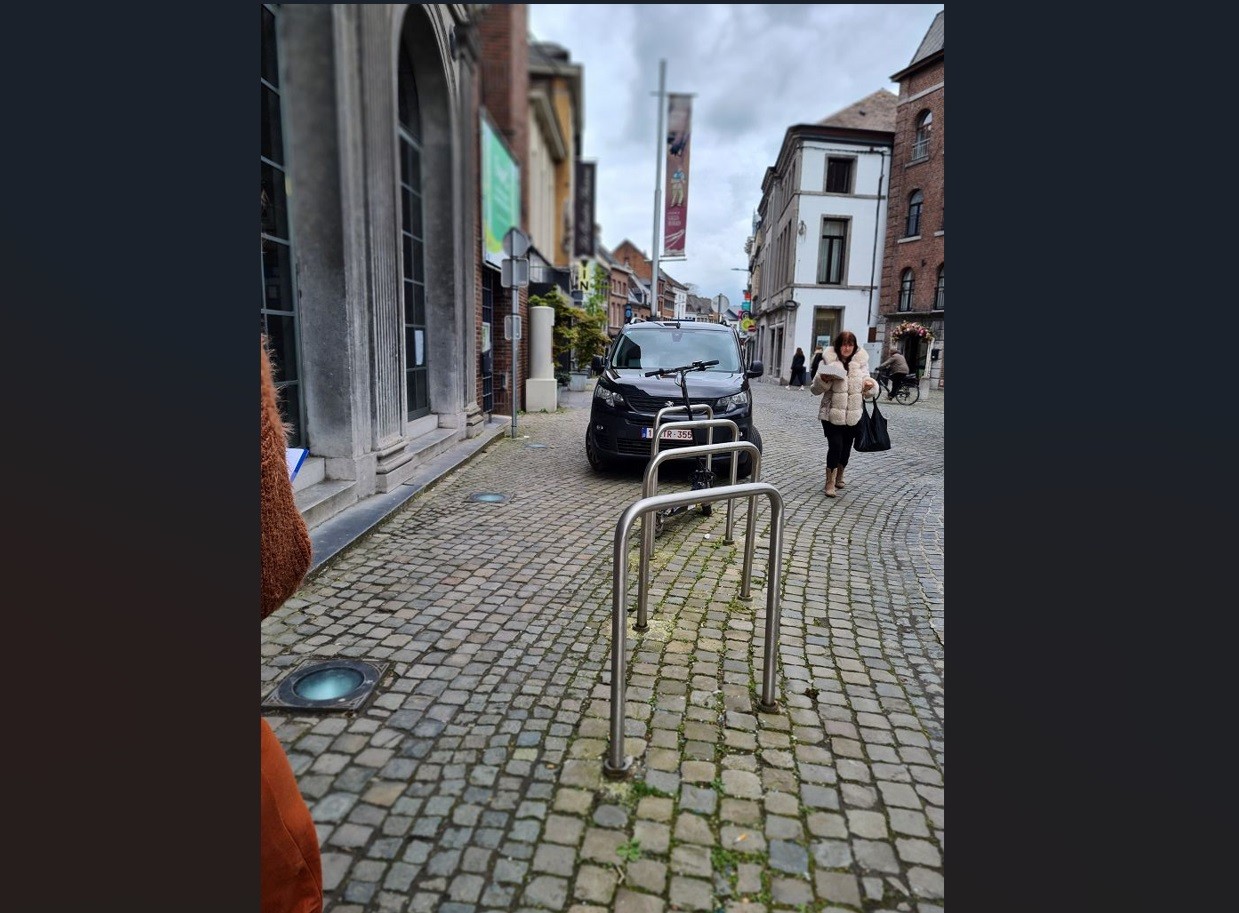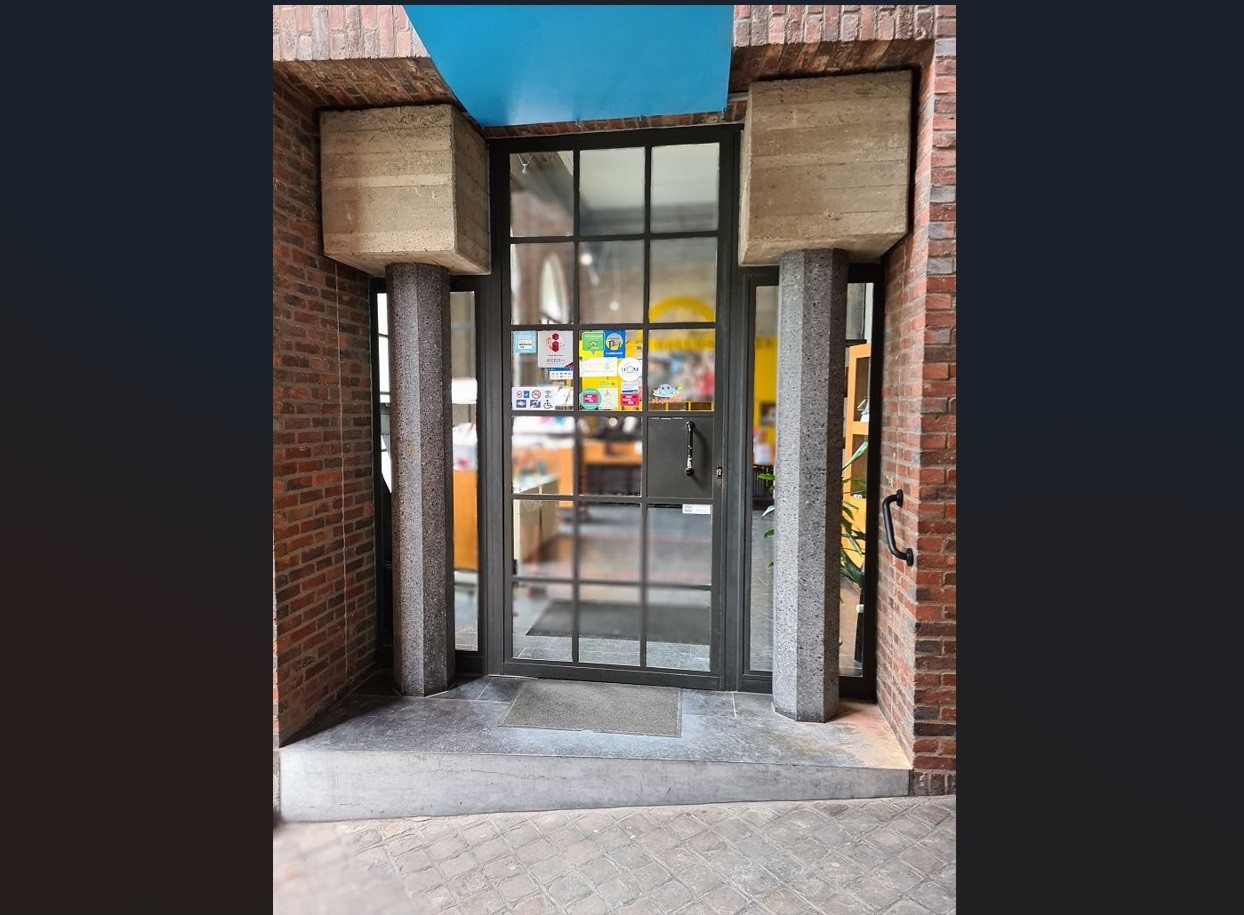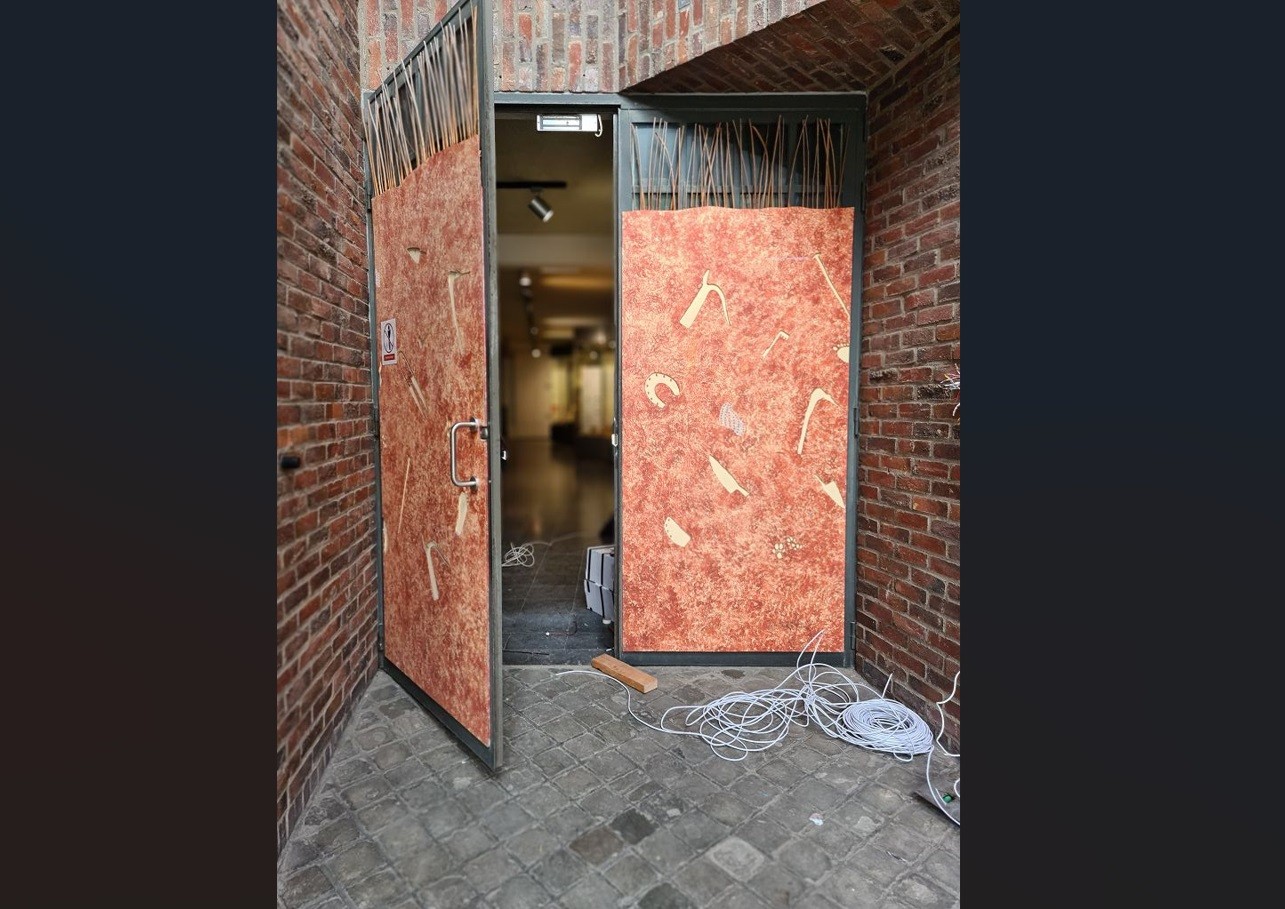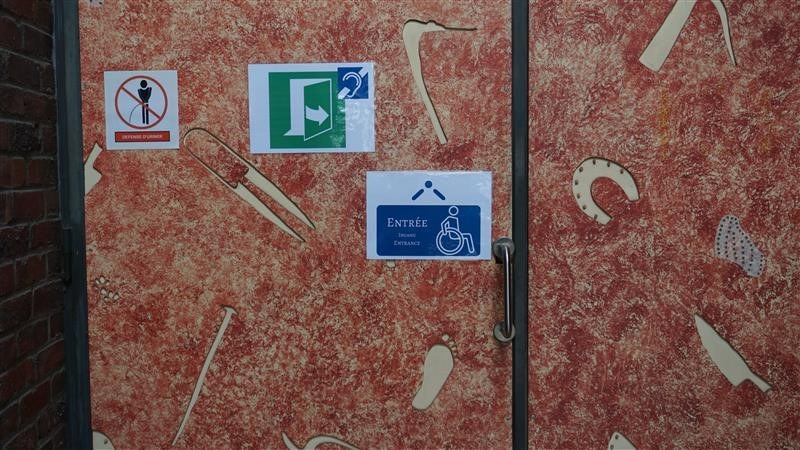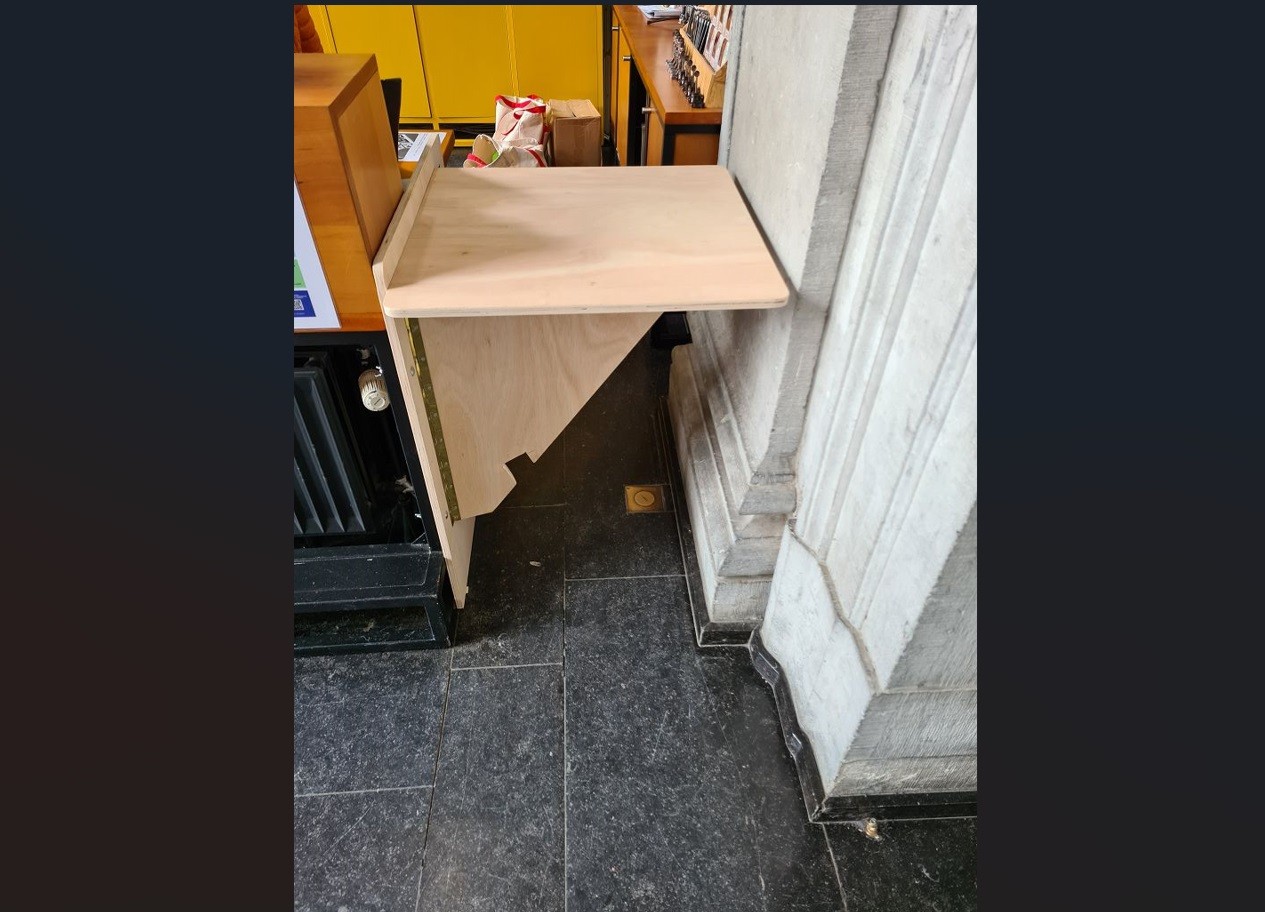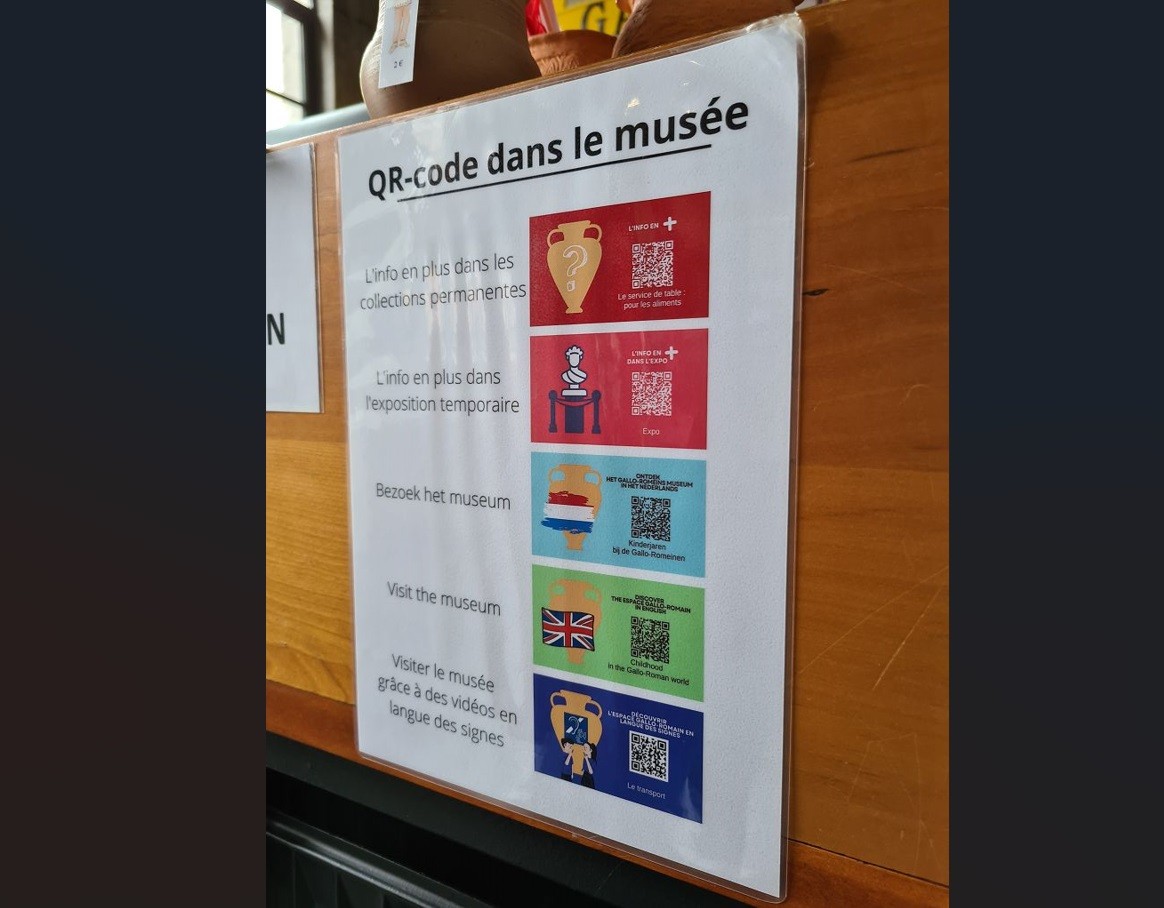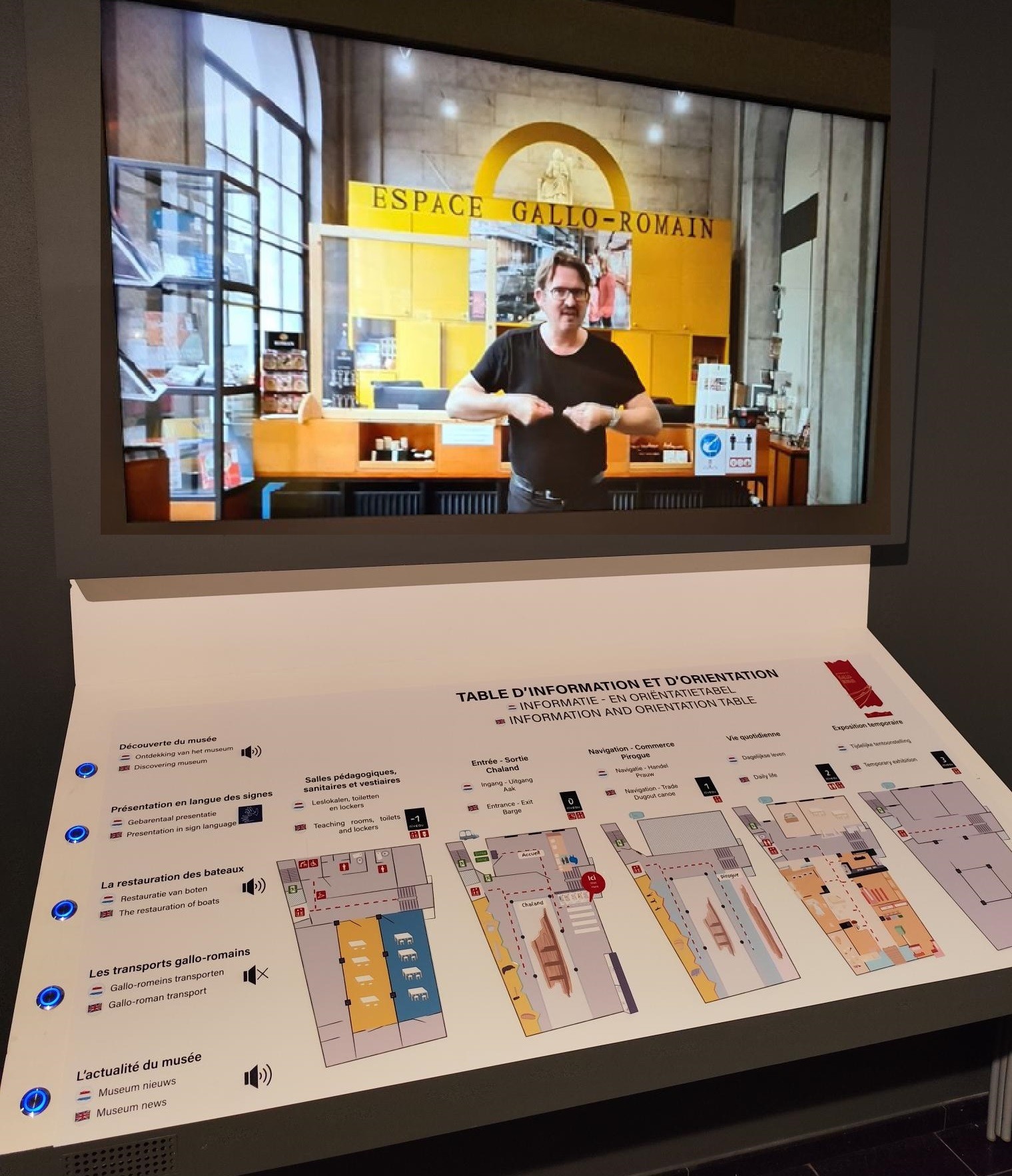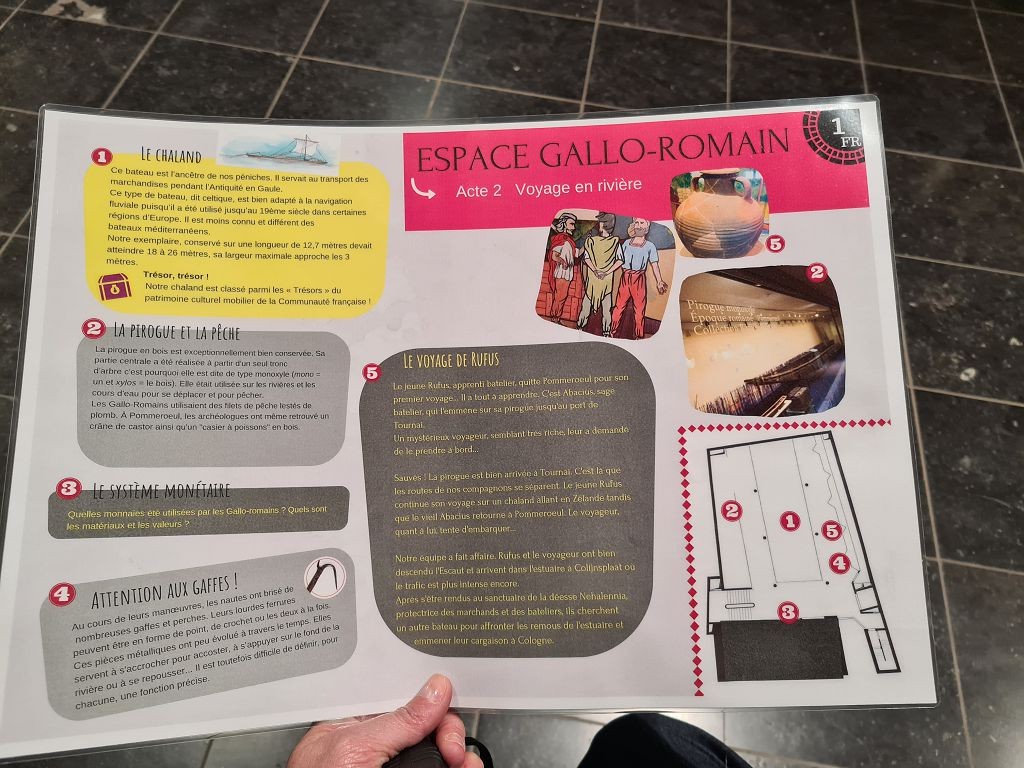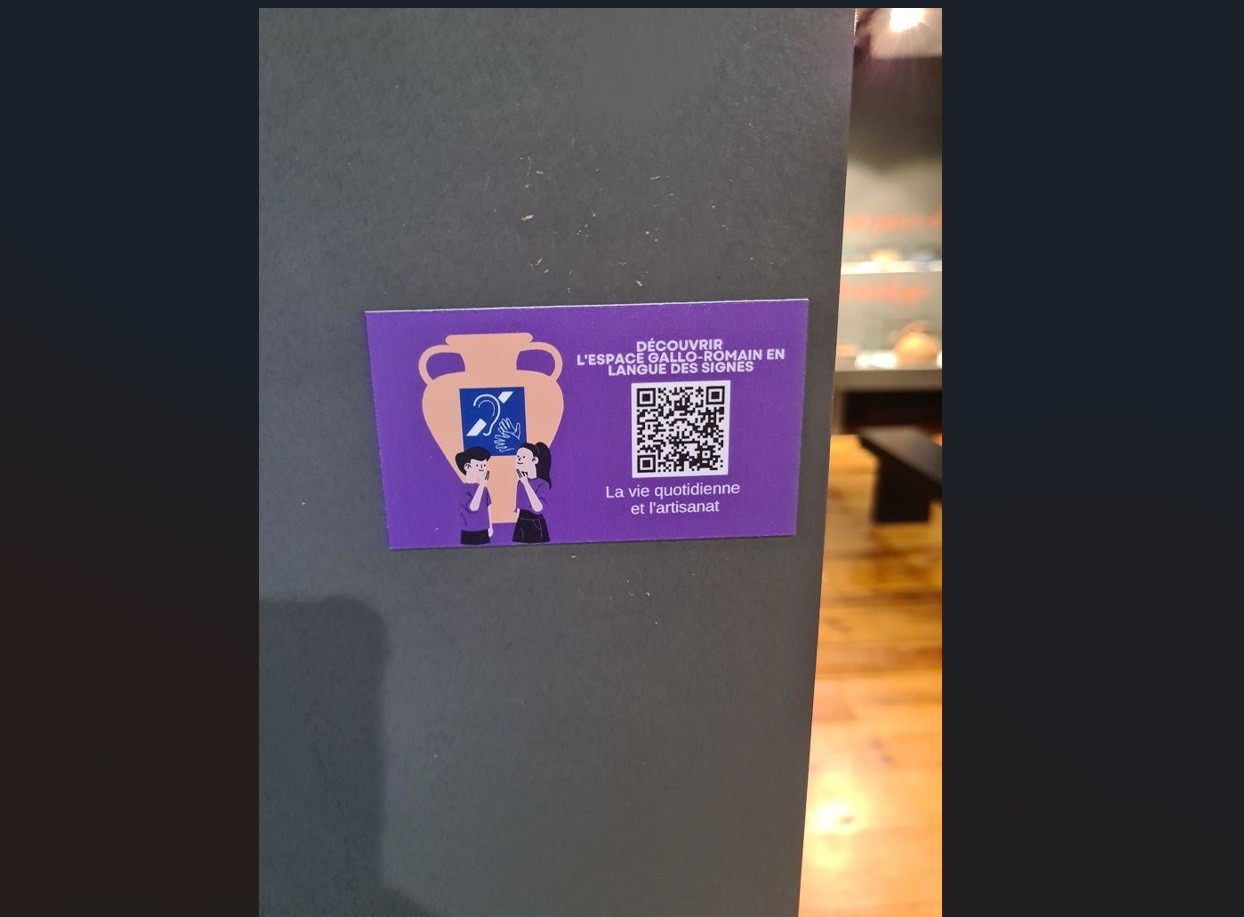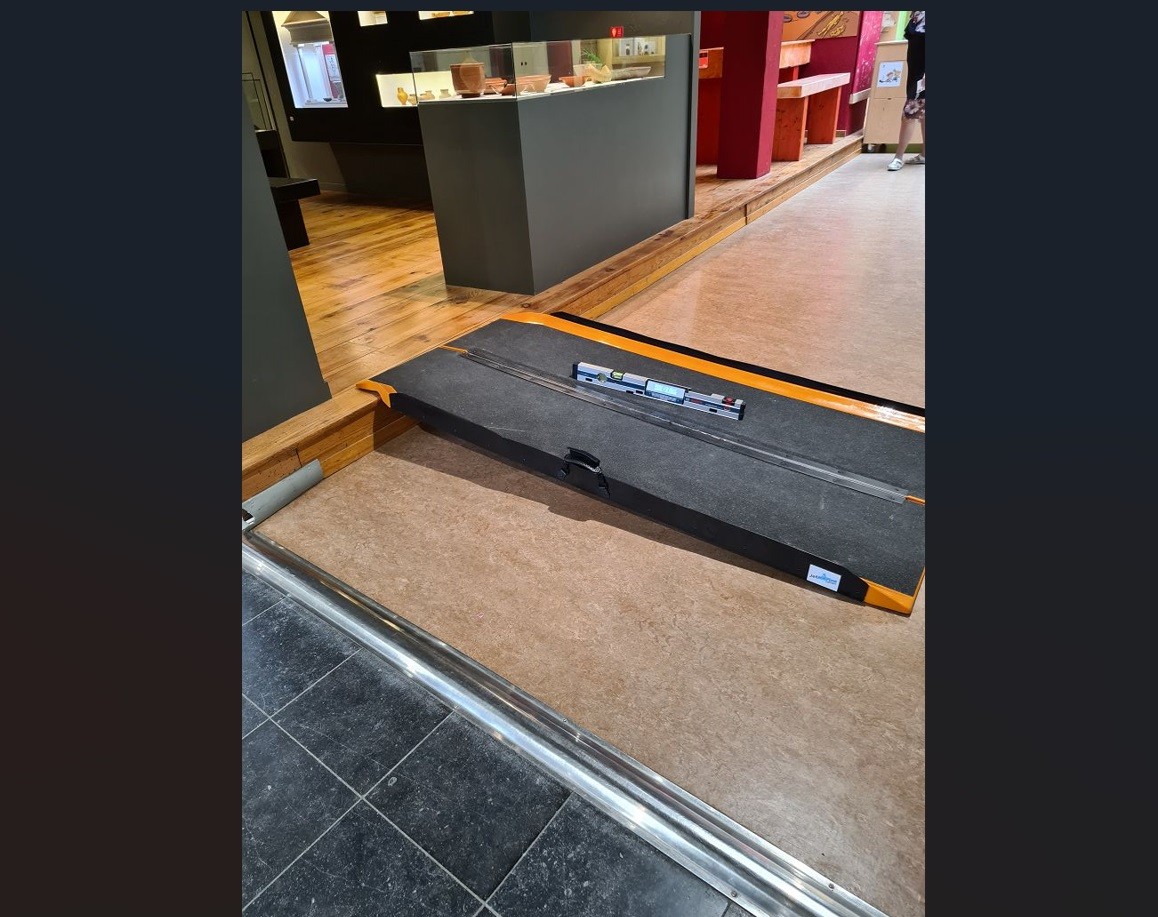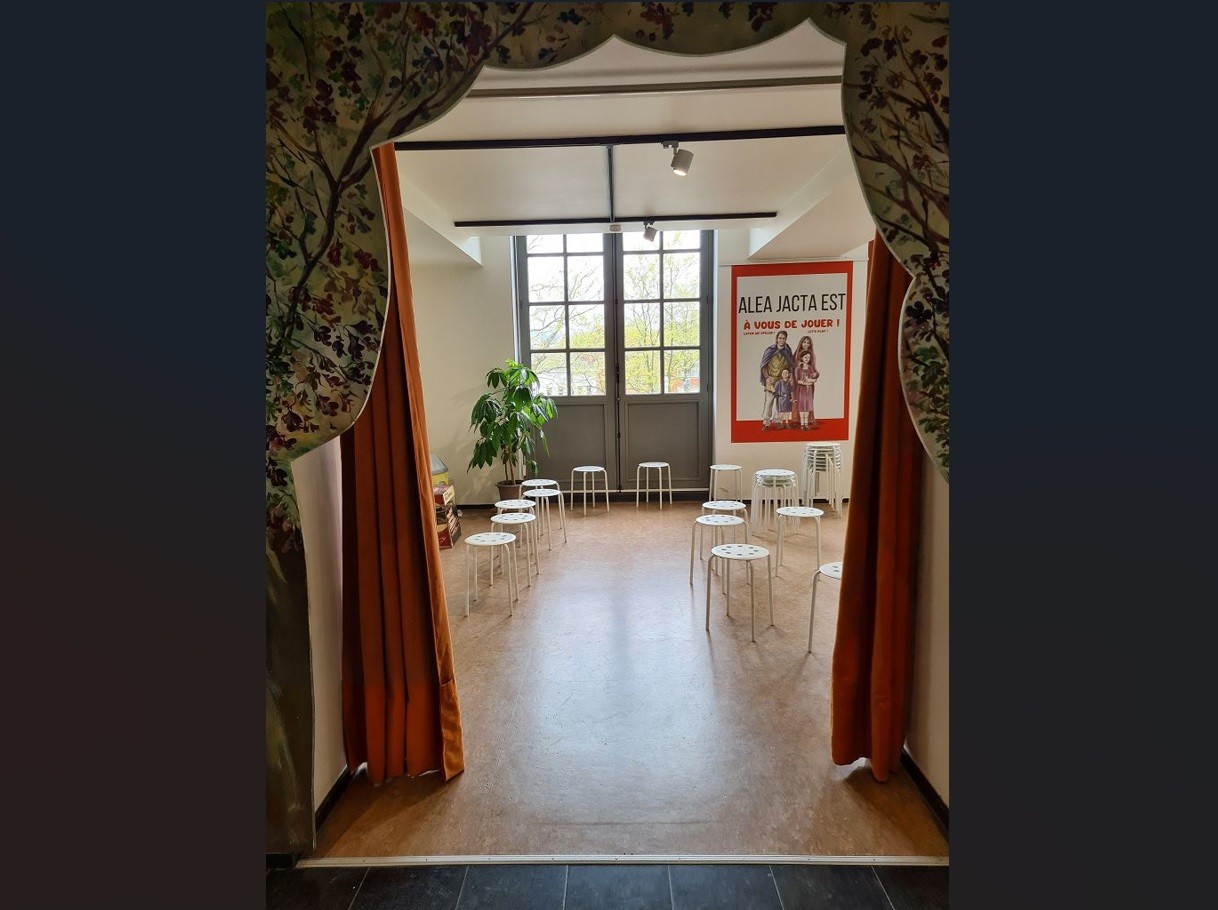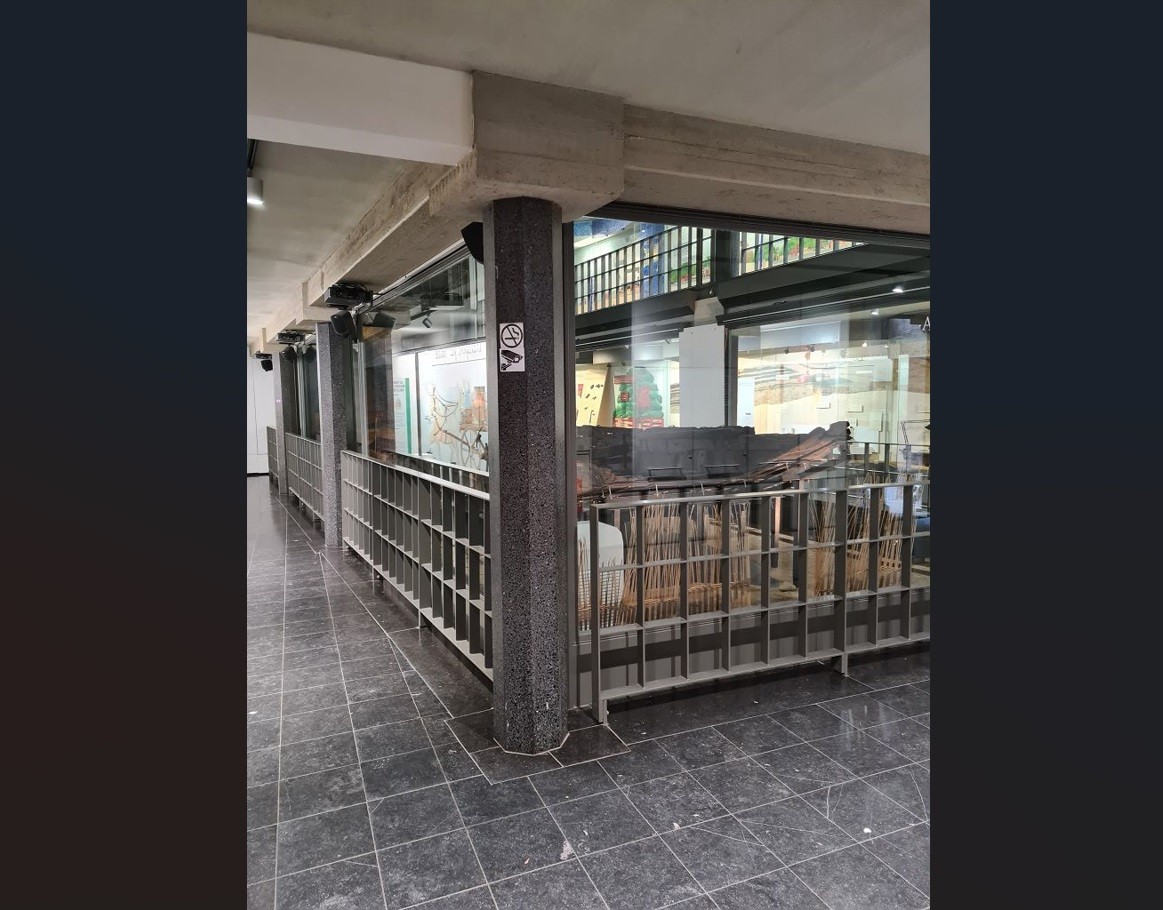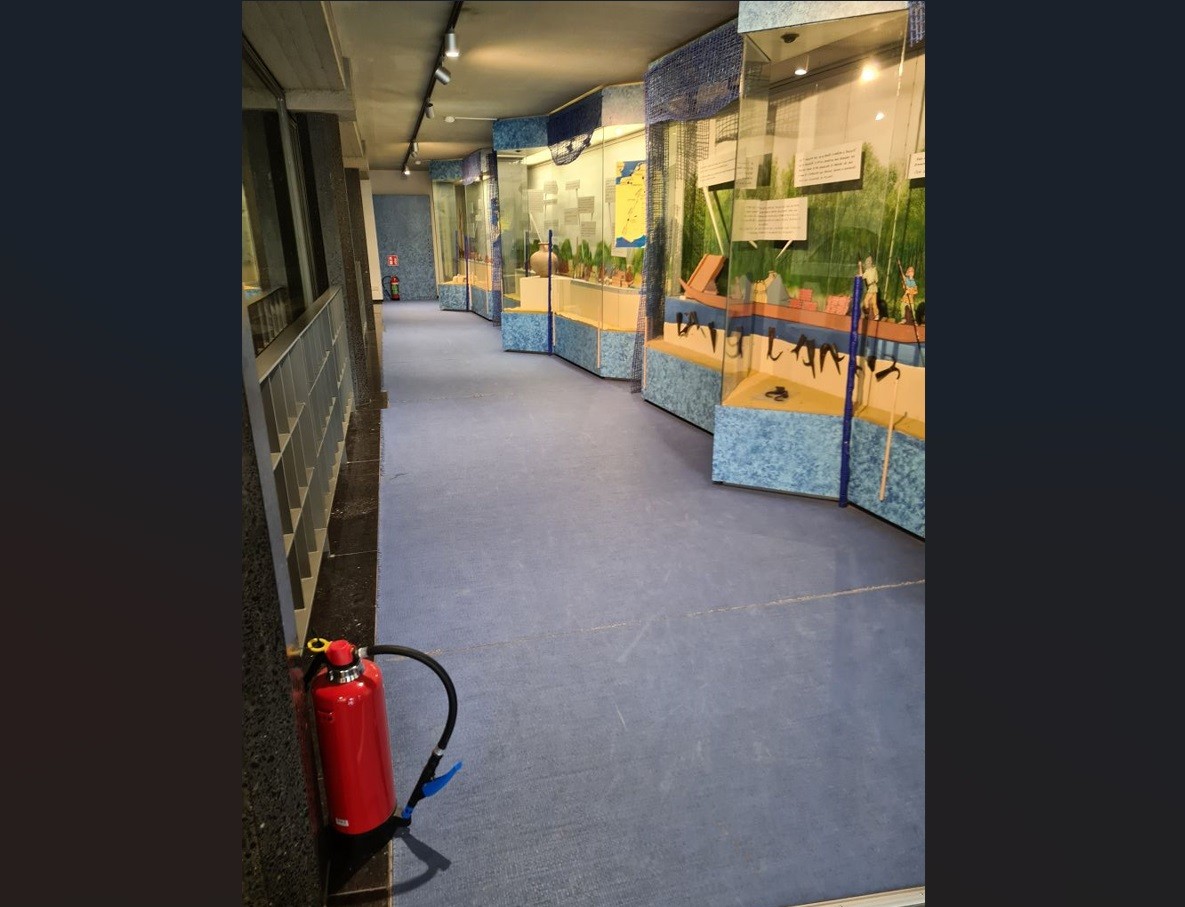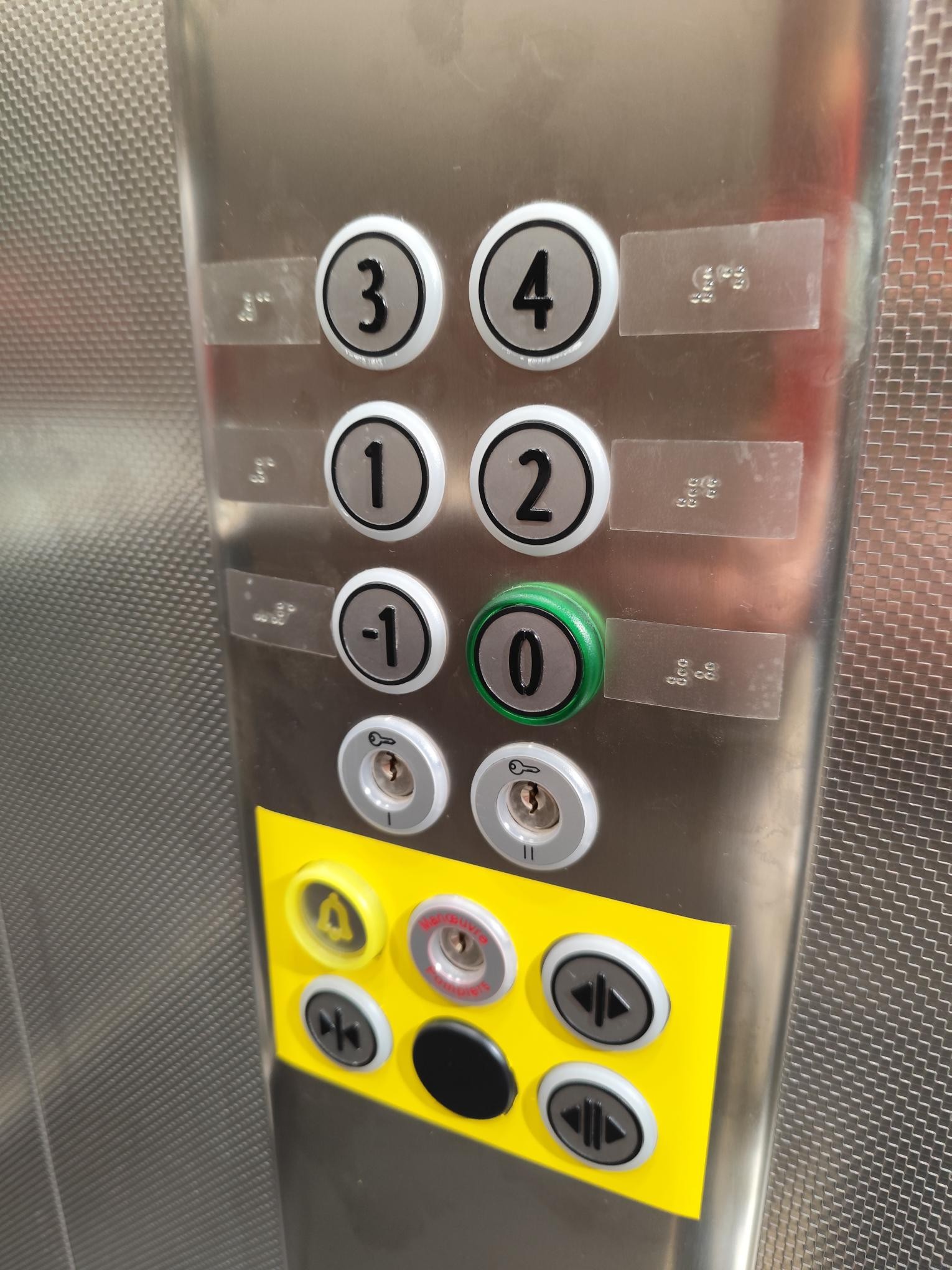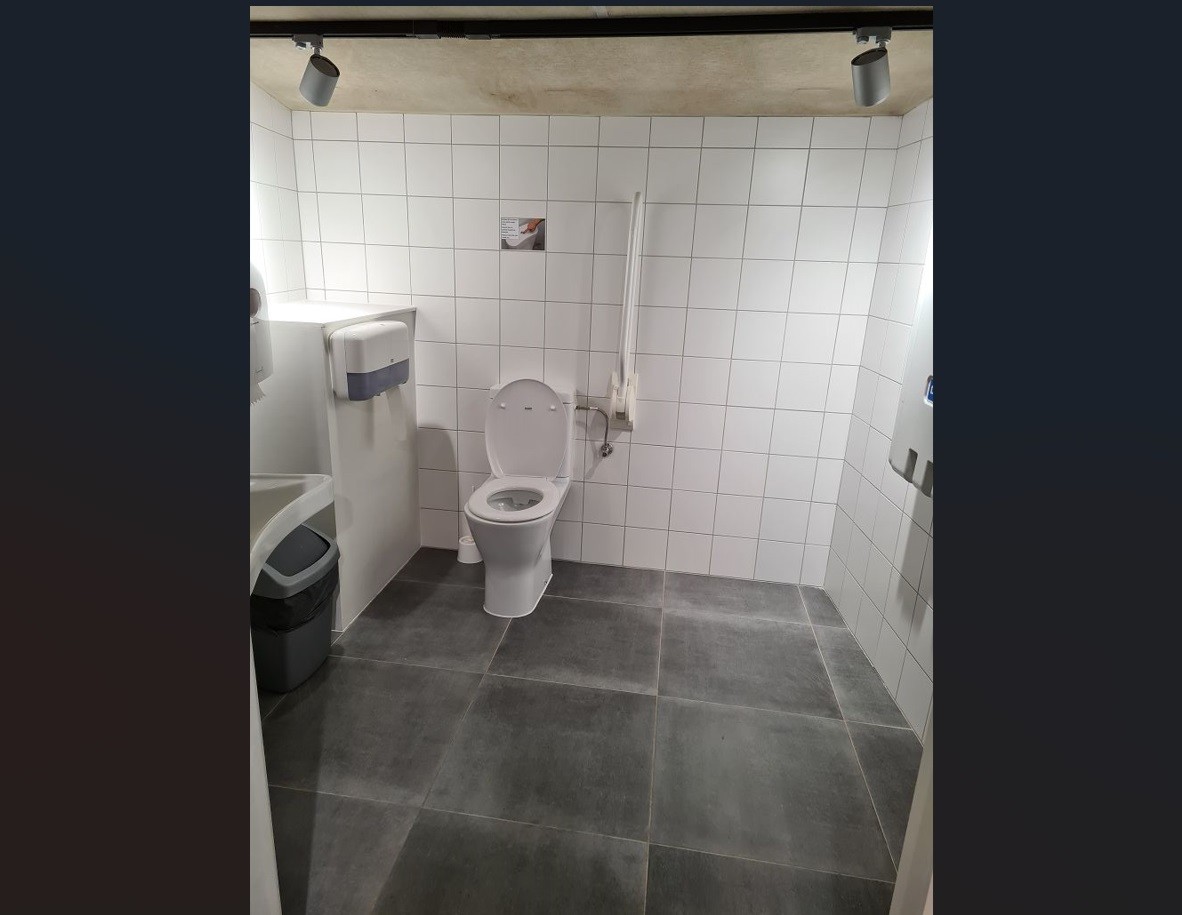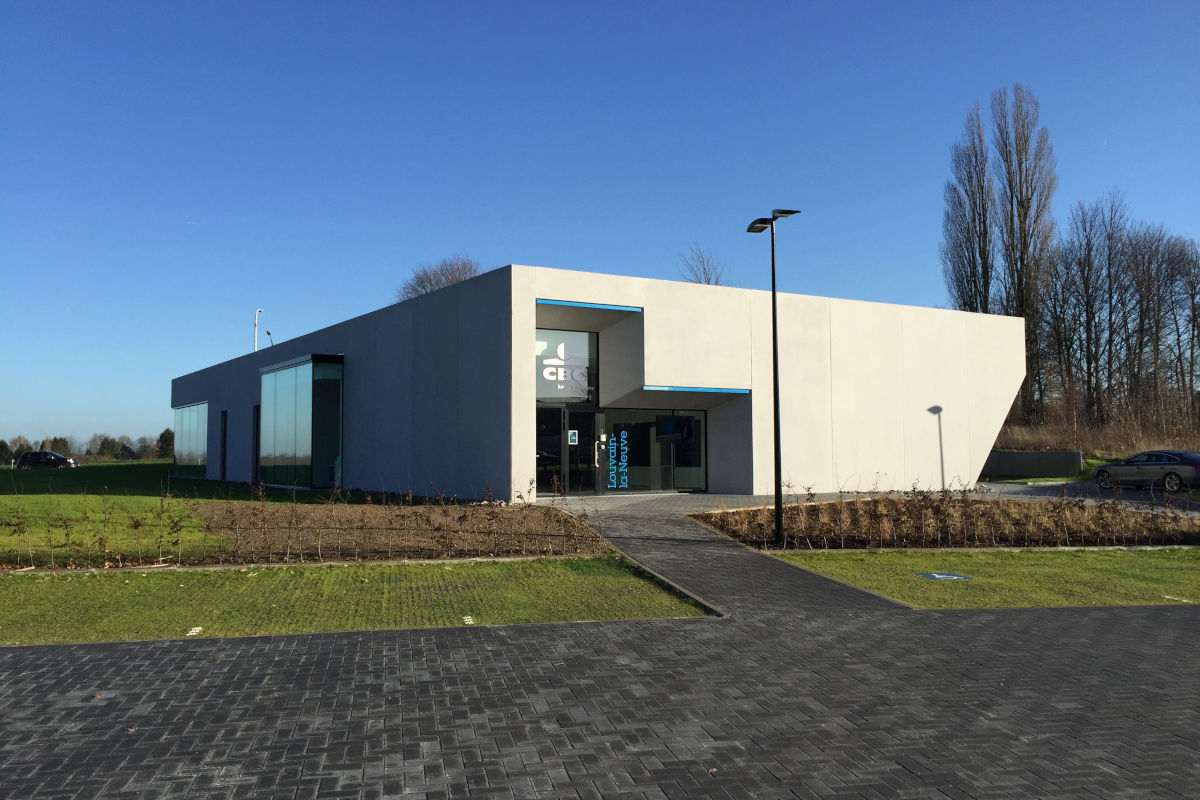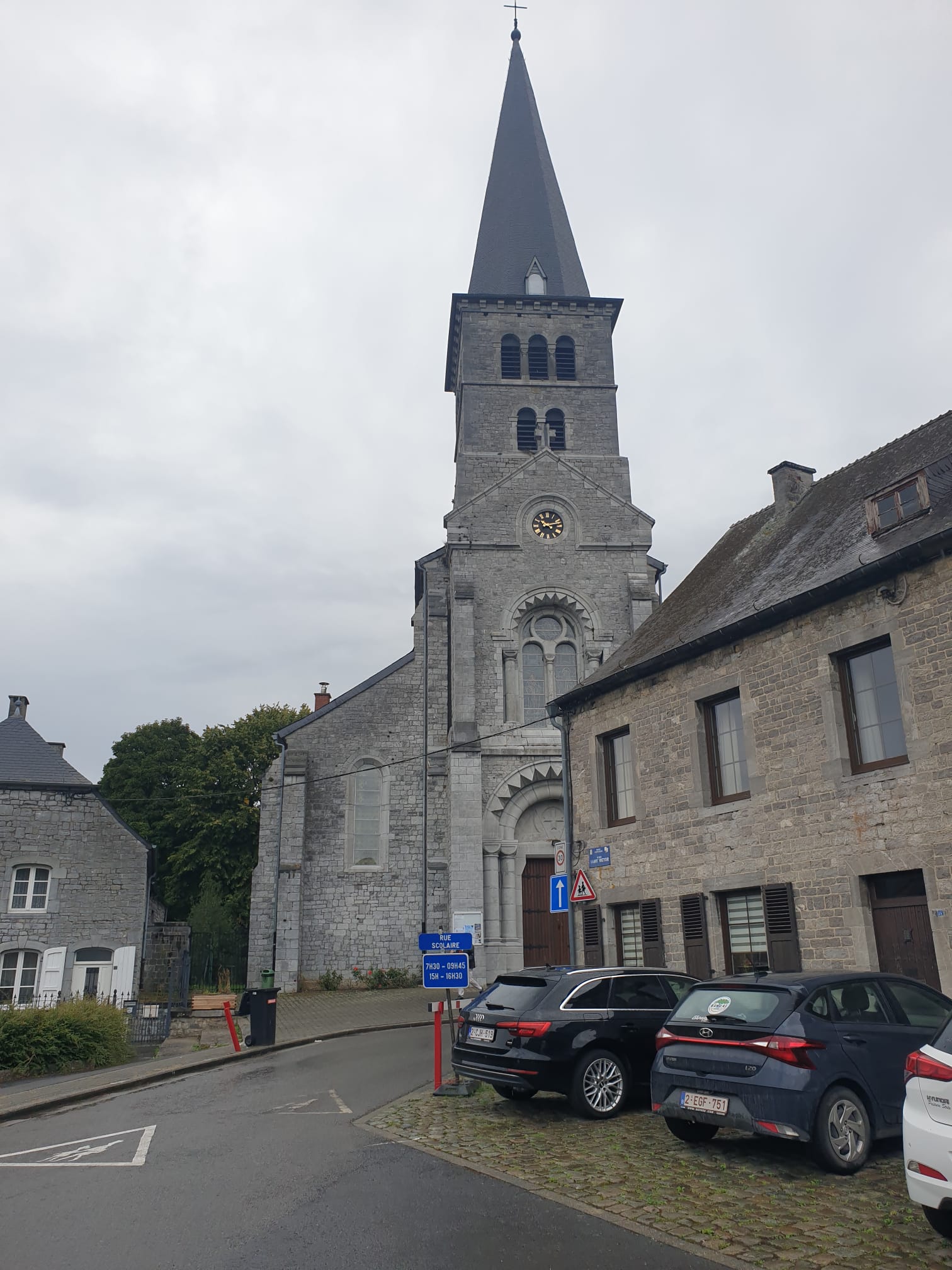The town of Ath is well known for its folklore, the giants of Ath, but it is also home to two boats. These are two wooden boats, made of oak to be precise, which are kept at the Gallo-Roman Centre. These two sleeping giants rest in climate-controlled display cases. Damaged by time, they have been patiently restored. These genuine treasures bear witness to our past and the expertise of our ancestors.
A visit to the Gallo-Roman Centre is an opportunity to discover two large boats from the Roman era, a dugout canoe and a barge, the latter being recognised as a treasure by the Wallonia-Brussels Federation. You can also see archaeological objects made of wood and leather, materials that are rarely preserved over time.
Whether you are visiting with your family, in a group or on your own, immerse yourself in history, in the daily life of the Gallo-Romans, in navigation and in ancient skills.
Practical information :
Guided tours are regularly organised for blind and visually impaired visitors, deaf and hard-of-hearing visitors and visitors with comprehension difficulties.
The tour starts at the orientation table, which features high-contrast relief maps of the different levels of the tour and an introductory film, available in sign language.
